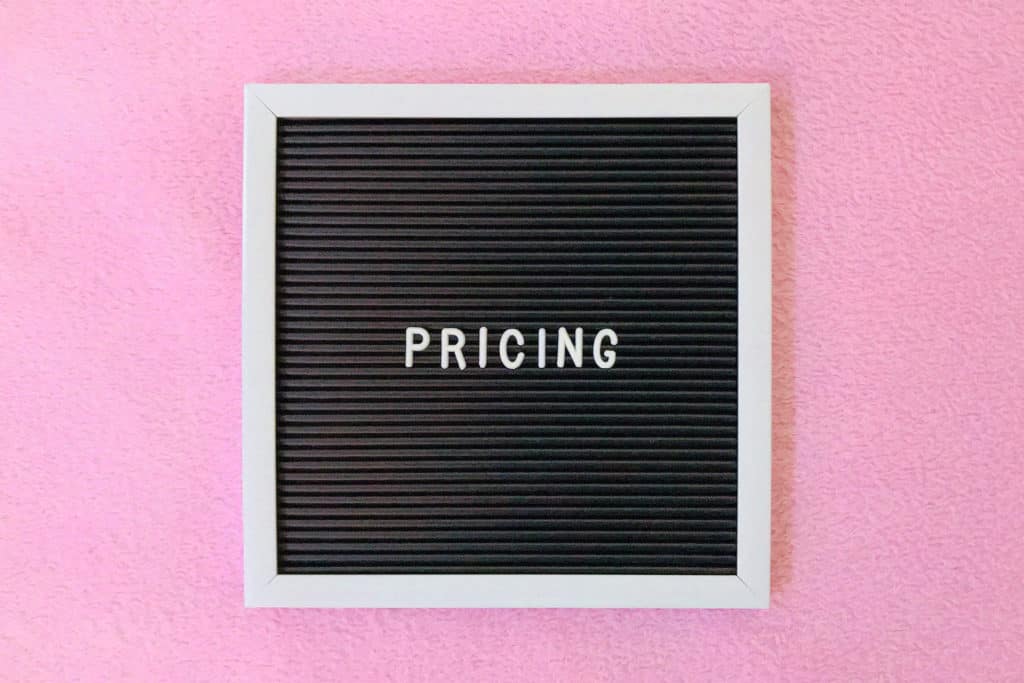There are 2,422,404 businesses in Australia to compete with. And in a global marketplace, you aren't just competing with your next-door neighbour for customers − you're competing with companies all around the world.
The competition is fierce, and the only way for your business to survive and thrive is to stay one step ahead of your competitors. But you can't actually do that if you haven't done competitor analysis.
By analysing your competition, you can gain the insight you need to make your business stand out in a competitive marketplace. Read on to learn how to perform competitor analysis step by step.
What Is Competitor Analysis?
Competitor analysis is all about researching your business's competition. This allows you to evaluate your competition's strengths, weaknesses, strategies, and positioning.
By taking the time to analyse your competition, you are setting your business up for success. You'll be able to make informed decisions on business strategy and gain insights into what is and isn't working in your industry.
1. Identify Your Competitors
The first step in a competitor analysis is figuring out who your competition is. The best tool for this stage is Google. Do a search of the products or services you offer, and see who else comes up in the SERPs.
Those who offer the exact products or services as you are your primary competition. You should also take time to understand all of your competitors, not just your primary competition.
For example, if you are a tile company, your competition is not just other tiling companies. You are also competing with other flooring solutions providers like carpet, hardwood, laminate and vinyl.
These competitors should be on your radar. To find them, get into the mind of your customer.
What problems are you solving for them? What are they Googling? With this information, you can find all businesses offering solutions for your target customer's pain points.
Organise the information you find on your competitors. At this stage, you should focus on finding basic information like the name, location, mission statement, and products offered by your competitors. You may also want to organise them by order of importance in a spreadsheet.
2. Analyse Your Competition
Once you know who you are competing with, it's time to research competitors to get a better idea of what they are doing. In the age of the Internet, it is easier than ever to find details about your competition. Here are a few places you can start.
Website
Take a look at your competitor's website. How are they utilising it for marketing purposes? Are they using it effectively? Is it well-designed and responsive to different device sizes?
Are their photos high-quality? What is their pricing like? How do their sales pages look? You can also look at keywords they are using on their site to get an idea of their SEO efforts.
Do their competitors have a blog? How often do they add content? What do they share? Does it use effective CTAs (Call-to-Action's) to convert blog visitors into customers?
Email Marketing
How do your competitors use email? Do they have a newsletter? What types of lead magnets do they use, and are they effective?
Here, you can sign up for their newsletter to evaluate how they use email marketing. You should also check if they send abandoned cart emails by adding items to your cart and leaving them. The idea of this process is to enter detective mode and get as much information as possible.
Online Presence
Check your competitor's social media presence. Are they active? How are they using it for marketing? How do their followers interact with them?
You can also look at online review sites to see what people are saying about their company. What do their customers like and dislike? These reviews can give you a great understanding of your competitor's online reputation.
Try Their Product or Service
It may seem wrong to support your competition, but by using their product or service, you can get firsthand experience and gain a ton of insight into the company.
What is their shipping like? How quickly do they respond to customer service inquiries? What is the product/service itself like?
3. Identify Competitor's Market Positioning
Once you've analysed your competitors, you should determine what sets them apart. Essentially, you are looking at why customers would choose to purchase from a particular competitor. They may appeal to customers for any number of reasons, such as:
- competitive pricing
- quality of product
- exceptional customer service
- innovative marketing tactics
To determine your competitor's positioning, look at what they emphasise in their marketing copy. You can also use online reviews to determine why their customers chose their products/services.
By determining what your competitors are doing to win over customers, you can figure out how to position yourself and stand out from your competition with a unique selling proposition.
4. Stay Up to Date With Competitor Analysis Tools
You don't need to stalk your competitor's every move, but it's a good idea to stay up to date on what they are doing so you can stay one step ahead in your industry.
To do this, you can use their own marketing efforts to your advantage. Keep up with them on social media and subscribe to their newsletter to get a feel for what is going on within the company.
You can also set up Google Alerts to get notified of their activity. This is also a great tool to track relevant keywords and get a feel for what is going on in your industry.
There are also paid SEO tools to get an idea of your competitor's strategy and its effectiveness.
Use Competitor Analysis to Improve Your Business
Competitor analysis allows you to make informed decisions about your business strategy. By staying informed on what is happening in your industry, you'll be one step ahead of the competition, allowing you to succeed even in a crowded market.
If you need help with competitor analysis or using it to build an effective business strategy, you're in the right place. At Lift Strategies, we provide support to help grow your business. Learn more about how we can help you develop an effective communication strategy, and contact us for a free discovery session.








